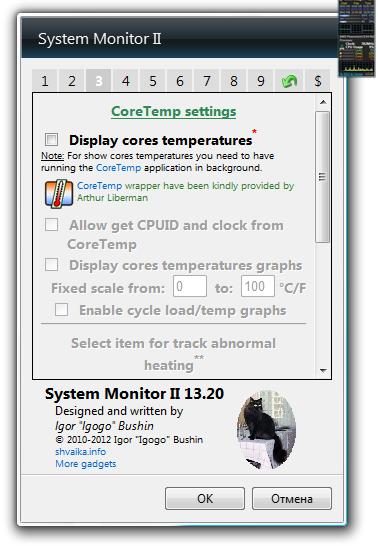
In the initial phase of infection, when T. In both humans and rodents, the brain is a major organ for encystment 7, 8, 9. The encysted form is poorly recognized by the immune system, enabling a life-long, persistent infection 2, 5, 6. type II and type III) switch from a fast-growing form to a slow-growing, encysted form. While the innate and adaptive immune response clears the parasite from many organs, in some organs the encysting parasite strains (e.g. gondii via the ingestion of contaminated food and water, after which the parasite causes an acute systemic infection. Type III strains are avirulent (LD 50~ 100,000), and type II strains fall in between the other two in terms of acute virulence (LD 50~ 10,000 parasites). Type I strains are highly virulent (LD 100 = 1 parasite) and kill mice before reaching the brain.


The strains are categorized by genetic differences and acute virulence in mice. gondii has many genetically distinct strain types 3, 4 with the most studied strains being the canonical strains called type I, II, and III. gondii is a ubiquitous obligate intracellular parasite that naturally infects most warm-blooded animals, including humans and rodents 2. With this work we sought to measure the impact of life-long inflammation in the CNS on normal aging by studying the long-term impact of infection with the neurotropic protozoan parasite, Toxoplasma gondii. Although the mechanisms of inflammation-induced cognitive decline are not thoroughly understood, an increasing body of literature links chronic pro-inflammatory immune responses to accelerated memory deficits and neurodegeneration as observed in conditions like Alzheimer’s and Parkinson’s disease. Rather, parasites are likely slowly cleared from the CNS and infection and parasite clearance neither positively nor negatively impacts learning and memory in aging.Īn ongoing topic of discussion in the field of aging is the role of chronic inflammation in the brain, especially in the context of neurodegenerative disorders 1. gondii may not cause a life-long CNS infection. Collectively, these data indicate that T.

In addition, we found that mice infected with type III parasites, which are supposed to be less virulent than the type II parasites, had a lower rate of long-term survival. We found that parasite infection had no impact on age-associated decline in learning and memory and that by 20 months post infection, in the surviving mice, we found no evidence of parasite DNA, cysts, or inflammation in the CNS. At the end of the study, we evaluated CNS inflammation and parasite burden in the surviving mice. gondii strains (Prugniaud/type II/haplogroup 2 and CEP/type III/haplogroup 3) and monitored mouse weight, survival, and learning and memory over the ensuing 20 months. To test this hypothesis, we infected young adult mice with either of two genetically distinct, persistent T. gondii may protect against age-associated decline in cognition. Given these neuroprotective studies, we hypothesized that a prolonged infection with T. gondii infection can be neuroprotective in the context of a secondary insult like beta-amyloid accumulation or stroke. Several studies have suggested that the inflammation generated by certain strains of T. Toxoplasma gondii is an obligate intracellular parasite that establishes a persistent, asymptomatic infection of the central nervous system (CNS) accompanied by a pro-inflammatory immune response in many of its hosts, including humans and rodents. Normal aging, in the absence of dementia, also results in gradual cognitive decline and is thought to arise, in part, because of a chronic pro-inflammatory state in the brain. Persistent inflammation has been identified as a contributor to aging-related neurodegenerative disorders such as Alzheimer’s disease.


 0 kommentar(er)
0 kommentar(er)
